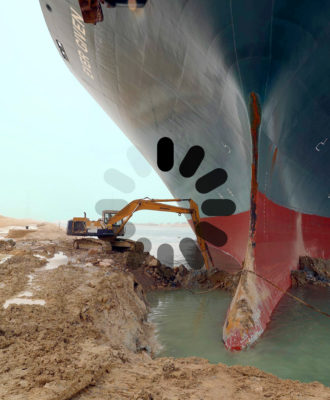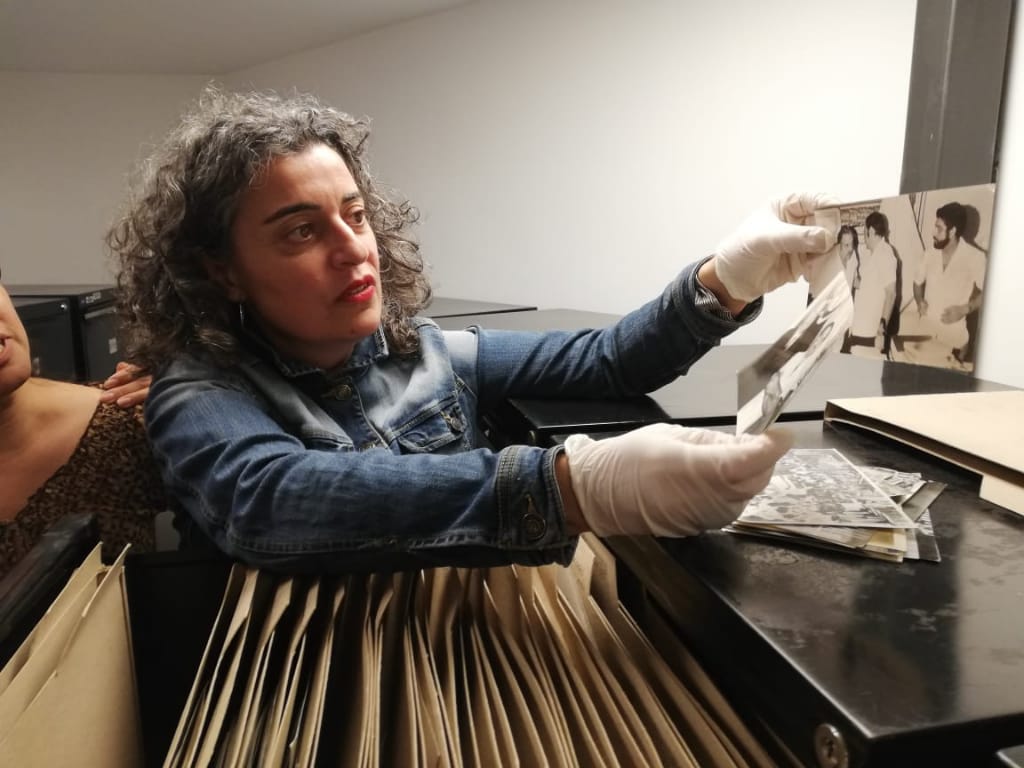Search
To search for an exact match, type the word or phrase you want in quotation marks.
A*DESK has been offering since 2002 contents about criticism and contemporary art. A*DESK has become consolidated thanks to all those who have believed in the project, all those who have followed us, debating, participating and collaborating. Many people have collaborated with A*DESK, and continue to do so. Their efforts, knowledge and belief in the project are what make it grow internationally. At A*DESK we have also generated work for over one hundred professionals in culture, from small collaborations with reviews and classes, to more prolonged and intense collaborations.
At A*DESK we believe in the need for free and universal access to culture and knowledge. We want to carry on being independent, remaining open to more ideas and opinions. If you believe in A*DESK, we need your backing to be able to continue. You can now participate in the project by supporting it. You can choose how much you want to contribute to the project.
You can decide how much you want to bring to the project.

Six months ago, when I received an invitation to edit the contents of this month’s magazine, the health crisis caused by the coronavirus seemed to be subsiding. The slowdown in cultural life during the first confinement, however, already foresaw disastrous effects on the material conditions of the work and life of many art professionals. If museums, galleries, and other institutions dedicated to the visual arts were affected by the shutdown, independent (often autonomous) workers, who in one role or another make up the non-institutional fabric of our cultural environment, were much more affected.
Since then, things have only gotten worse. The slowdown in the pace of activity has been radical and prolonged, leaving many of us on the brink of bankruptcy and, what’s even worse, without clear ideas of how to get out of it. Although it seems clear that the professional world that we knew is changing, we do not yet know what is to come.
It is difficult, in the face of such uncertainty, not to fall into pessimism. In order to avoid this, this month’s magazine will be dedicated to exploring forms of collective organization, varied types of financing, and effective (and affective) strategies that generate acceptable working conditions for art professionals.
In the system that we are leaving behind, the possible modalities seemed to have been reduced to two extremes: salaried work in an institution, integrated into a hierarchy of interests that leaves little or no space for the projects themselves; or the fragile position of autonomous workers, force to wage a constant fight against precariousness. There are, however, alternative models to these two extremes. BNV Producciones in Seville, Bulegoa z/b in Bilbao, FelipaManuela in Madrid and MARCH International (Saint Louis and Berlin) have been experimenting with these models over the past few years, and they will be commenting on them in the magazine during this month.
The hope is that these interviews are an inspiration for the effort of imagination that we are going to have to make if we want to find a way to continue working and to be able to survive.
[Featured Image: The freighter Ever Green stuck in the Suez canal, april 2021. (Source: Twitter China)]

Mela Dávila Freire. Recently, a poster announced her lecture at an art school with this title: “Mela Dávila is not a graphic designer, she is not an editor, and she is not an artist, either.” Combining periods in which she has worked in art institutions with other when she worked as a freelancer, Mela traces a path that at first involved translating, coordinating and editing, then later focused on archives, and recently encompasses research, writing, and curating. Although she still has not found a name for her profession, she increasingly likes the lack of a straight line in her career.
"A desk is a dangerous place from which to watch the world" (John Le Carré)